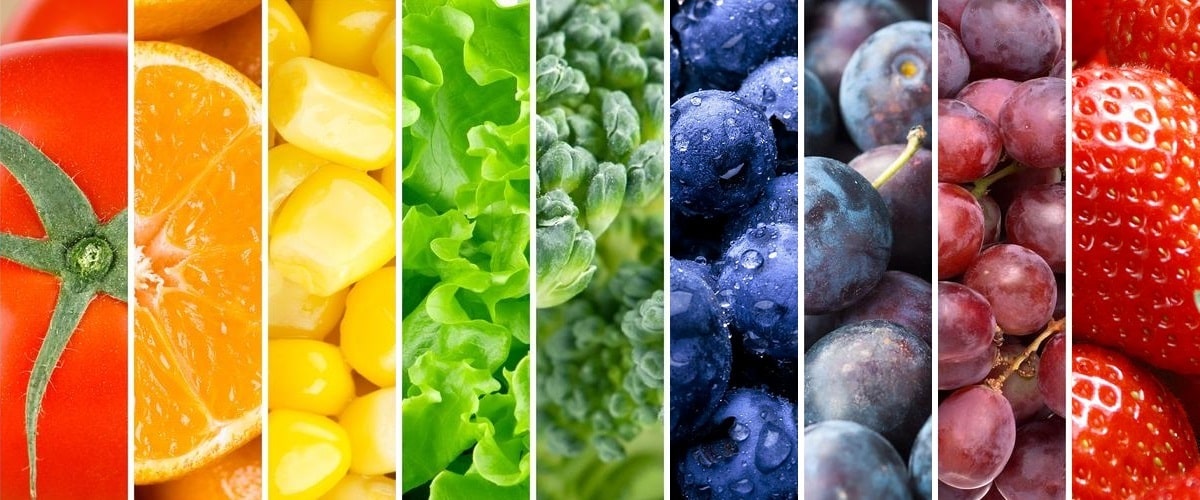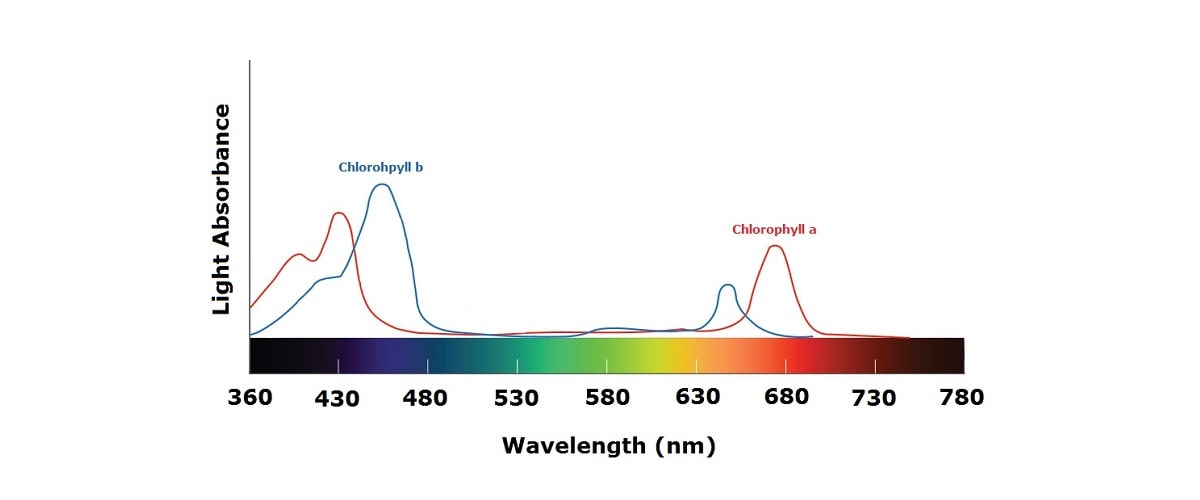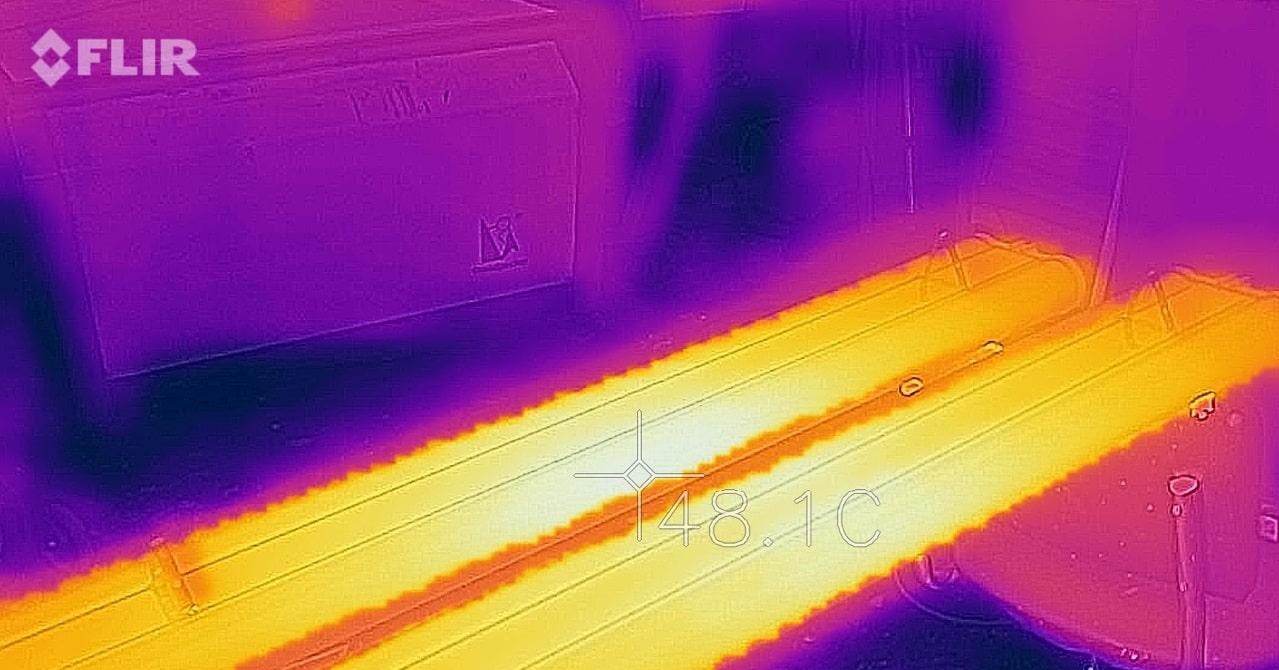
Do you want to choose the best high quality and efficiency LED Grow Lights for growing on the market but don’t know which one is the best? Then this article is especially for you!
Attention! Long article.
LED grow lights evolved to be a commercial product, a part of commercial technology that directly affects the quality and quantity of produce, thus influencing profitability of the business. With a great deal of offers on the, it is a difficult task for the grower to choose the right indoor LED lights.
Let us find out the key parameters and try to define what should be taken into consideration while selecting the right product for your project.
While choosing professional top LED grow lights that will fit your project, best we have to pay attention to the following criteria and answer the following questions:
Contents:
1. What is LED Grow Lights?2. What is the application of LED Grow Lights?
3. How much light do indoor plants need?
4. What is color spectrum of the LED grow lights? What spectrum do the plants need?
5. What LED grow lights do plants need? Efficiency, PAR, PPF, PPFD, DLI
6. Heat of LED Grow Lights
7. Uniformity of LED lighting for indoor growing
8. Ingress and impact protection
9. Usability and service
10. Conclusion
What is LED grow lights?

LED grow lights are a specialized luminaires that uses LEDs with a certain spectrum that stimulates a plant growth as a light source.
The development of LED technology allowed creating affordable, durable and efficient LED grow lighting systems. In new construction, you will not see that much incandescent, CCFL (fluorescent) or MH/HPS lighting including traditional 400W, 600W and 1000W as LED grow lights are more reliable, durable and cost efficient.
What is the application of LED plant grow lights?

First thing, you have to know if what you need the grow lights for. Here are a few questions you should ask yourself before you even start considering buying best grow lights:
- What am I going to grow?
Are you looking for led grow lights for growing microgreens, leafy greens, strawberries or tomatoes, cucumbers, bell peppers, flowers?
Different plants require different intensity and duration of lighting that sums up into day light integral (DLI). Without understanding, what you are going to grow you will not be able to know how much light you will need for your project.
Growing vine plants will require stretching them upwards, while leafy greens will need to grow in multilayer racks of vertical towers.

- Where am I going to grow?
Are you growing in a greenhouse or indoors like in a warehouse or modified shipping container? Will your plants use sunlight plus supplemental lighting or will they grow using artificial lighting only? If your plants will use sunlight, then how much sunlight will they get? Do you know average sunlight DLI in your area? Knowing this you will be able to calculate how much supplemental light you need to add to reach target DLI.
There are both advantages and disadvantages in growing either in a greenhouse or indoors. You get a lot of free sunlight in a greenhouse, but you can’t control the amount of sunlight your plants receive as humans have not yet mastered to control weather. You grow in a glasshouse that is quite fragile and can be easily damaged by wind, hail, flood or other acts of nature. You have to spend a lot of energy for keeping the right temperature and humidity inside the greenhouse, as insulation of a glasshouse is not as good as in a warehouse. If you grow low height plants like lettuce, herbs, then you utilize only a fraction of the greenhouse’s 6-8m height, while needing to maintain microclimate in the whole volume of the building.
|
|
Greenhouse |
Vertical Farm |
|
Use of sunlight |
+ |
- |
|
Supplemental lighting use |
+ |
+ |
|
Precise control of light amount |
- |
+ |
|
Savings on heating |
- |
+ |
|
Year-round production |
+ |
+ |
|
Size limits |
- |
+ |
|
Growing density |
- |
+ |
|
Structure susceptibility to weather conditions |
+ |
- |
|
Close to consumer |
- |
+ |
As you can see, the application range is pretty wide.
How much light do indoor plants need?

Once you know the type of plants and in what conditions you are going to grow, you can get down to calculating how much light you will need for your project. The number of lights you will need for your project depends on power and efficiency of LED grow lights.
In rooms where there is no sunlight at all we can grow with the help of artificial lighting we need the most powerful indoor LED plant light sources that will completely replace the solar light. The power of one such grow LED device can be reached even more than 600W and higher!
Almost as powerful LED lighting systems for growing are needed in the case of short day if we need to extend the light period.
Less powerful light sources are needed for increasing light flux. In cloudy weather or in case the light intensity is not sufficient.
A separate point is microgreens and leafy greens. Sometimes there is not enough space for seedlings. This is the case with mobile farms in a shipping container- grow containers, and other indoor facilities. Therefore it is very important to place the light sources as close to the plants as possible without the risk of burning soft leaves. In this case, we do not need high power LED lights, low power grow lights are enough.
What is color spectrum of the LED grow lights? What spectrum do the plants need?

Different plants at different growing stages have different needs in both quantity and quality of light. Some plants need more blue light, for some plants it is important to have a certain percentage of far red or green light. The spectrum required varies even through cultivars of the plant, so it is better to do tests before getting down to commercial growing.
The spectrum of LED grow light is a combination of LEDs of different colors and wavelengths that emit light that affects several aspects of plant development.

Thus, the red light with 660nm wavelength promotes chlorophyll A development and blue with 450nm wavelength - chlorophyll B.
In other words the red part of spectrum affects stem and leaf development, and blue part of spectrum promotes root development.
Apart from red and blue parts of spectrum, the LED grow lights can emit UV (ultraviolet) that makes plants stronger to lowered temperatures and IR (infrared) light that speeds up plant metabolism. We can also point out the fact that plants stretch in the direction of lamps with far red spectrum.
Important!
The number of LEDs with these wavelengths normally does not exceed 5%.
What LED grow lights do plants need? Efficiency, PAR, PPF, PPFD, DLI
Not all indoor grow lights are made equal. Engineering work is a compromise between such parameters as efficiency, reliability, cost, ease of use etc. Modern LED grow lights can reach efficiencies of up to 3.1umol/J but this comes at a price tag, as well as other drawbacks, like purple or pink “narrow” spectrum that is not best suitable for human vision and not sufficient for some plants. Broad or full spectrum LED grow lights may be better for some plants, but will result in lower efficiency with best results around 2.6umol/J. Lower efficiency lights cost less per unit but you will need more lights that may result in overall project cost higher than with high efficiency grow lights. In addition, your electricity bills will be higher proportionally to your light efficiency during the whole lifetime of your LED lights.

Indoor LED lights for growing not only promote photosynthesis, but also enrich plants with nutrients of many kinds:
- Vitamin E;
- Proteins;
- Beneficial for fodder;
In addition, thanks to grow lighting, root formation is significantly improved.
The first thing we need to understand is what part of electromagnetic emission is needed for the plants.
In our case it’s the light.
The type of light for plants is called PAR or photosynthetically active radiation. The plants covert the energy of light into chemical one for their further development and growth.
Now that we know that the light plants need is in the PAR region.
How do we measure PAR?
We can use the notions of PPF, PPFD and DLI to answer this question.
- We can measure how much light is produced by a light source (PPF); - We can measure how much light reaches the plant (PPFD); - We can measure how much light the plant gets during the photoperiod (DLI).
Let’s find out what it is:
1. PPF (photosynthetic photon flux). This is one of the parameters that measures the amount of PAR spectrum light emitted by the luminaire in a second. In other words we can measure how many photons of light are emitted by a light or a group of lights during one second. PPF is measured in umol/s.
2. PPFD (photosynthetic photon flux density) allows us to measure the density of spectral irradiation of the plants. It is measured as umol/s/m2. This measurement allows us to define the density of photons that are fallen on the plant in one md2 during one second.
3. DLI (day light integral) allows us to define the amount of light, i.e. the number of photons that the plant receives during a day. This unit is measured in mol/day. The research showed how much light different plants need. See the table below.
For your convenience we have arranged a table for major types of plants with needed distance from LED grow lights to plants, period of lighting and needed PPFD.
|
Crops |
Min. distance to plants, cm |
PPFD, umol/m2/s |
Photoperiod, h |
|
Microgreens |
25 |
100-120 |
14 |
|
Lettuce |
40 |
200-220 |
18 |
|
Strawberry |
40 |
350-400 |
18 |
|
Tomatoes |
40 |
550-600 |
18 |
|
Cannabis |
40 |
800-1000 |
18 |
Important!
- We need to choose the LED grow light with the consideration of the needed PPF.
- PPF is calculated based on the size of the greenhouse or vertical farm and planned type of crops.
- Depending on the size of the premises the moist appropriate lamps can be selected.
Heat of LED Grow Lights

The next moment you need to pay attention when you choosing the best LED lamp is heat dissipation.
LEDs are electronic components sensitive to heat. Overheating LEDs will cause efficiency drop, degradation or even luminaire failure so the proper cooling is needed. Along with light, LEDs emit heat that can be undesirable and even harmful to plants. The more efficient an LED light is, the more energy is converted into light and less into heat. So consider your growing environment heating and cooling needs as well as the heat your light emits. This is directly related to LED grow light efficiency.
Uniformity of LED lighting for indoor growing
To choose the best grow lights it is important to understand what light uniformity you need to get on your plants. Normally the more even light distribution on your crops the more uniform production you get. Lower power lights evenly installed over your growing area will have good uniformity, but may have higher cost and block the natural free sunlight. Installing higher power lights over your grow surface may come at lower cost but will result in plants quality varying from spot to spot. So uniformity is affected by LED grow light power and beam angle and the height at which you install your lights.
Ingress and impact protection

Growing environments are touch climatic conditions for electronics, as there is always humidity present in the air along with gases and alkali or acid chemicals. These factors are the enemy of electronics, causing electrical contacts to corrode and eventually leading to lights malfunction or failure. LEDs are electronic components and proper ingress protection of an LED luminaire is needed to ensure long life of the unit. Minimum IP (ingress protection) degree for LED lights used for horticultural lighting should be IP65, which means the light is completely dustproof and protected against water spray from all directions.
A vertical farm or a greenhouse is a place where people perform various operations that involve tools. An accidental impact on the plant grow light with a hard tool must not lead to its failure, so the housing of the luminaire must be designed in such a way that it withstands at least 1 joule impact which equals to a 500g object falling from 20cm height on the luminaire. This may be not the case with grow lights where there is no protection glass and LEDs are just potted with some polymer. An impact to an LED may cause LED failure, and mechanical damage is not covered by warranty. Phosphor in LED silicone may deteriorate due to reaction with chemicals in the air thus leading to LED light spectrum shift and efficiency drop.
Usability and service

Time is money. Consider how fast you can install LED grow lights in your project, and what you will require for that. Will you need a qualified electrician to do electrical connections, or the lights will come with pre-installed quick connectors that you will only need to click in? How fast will you be able to fix your grow lights in place and what tools will you need for that? What if any of your lights go out of order? How fast will you be able to replace it while the project is already in operation? These are important points to consider before buying your LED grow lights. In some cases the lights are washed with power jets in between grow cycles. Will the lights you order withstand that?
The weakest point in grow lights is the LED power supply.
A LED driver should be easily replaceable in the field without having to ship the whole light back to manufacturer or dealer.
Conclusion
LED grow lights are state of the art lighting devices that are in high demand on the market now. It is not easy to choose the right product from the variety. The main purpose of our guide is to help you do the sensible choice based on the knowledge and with consideration of basic criteria. The right selection and installation of LED grow lights will enhance natural and efficient plant development and getting high yields will be possible even in most harsh and poor light conditions.

